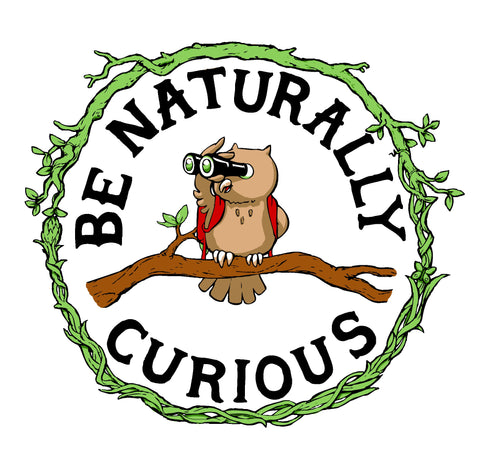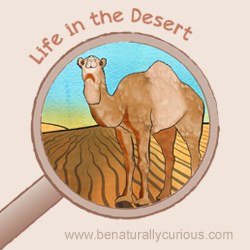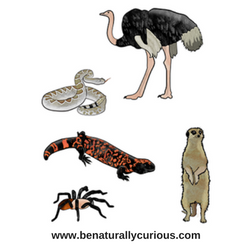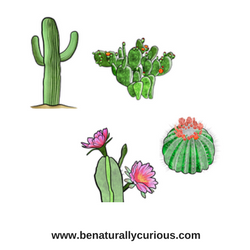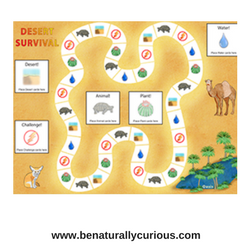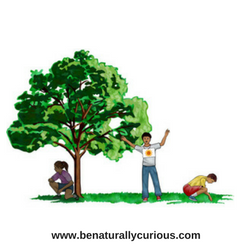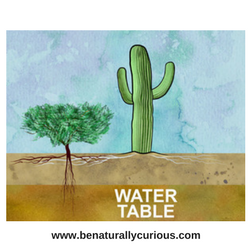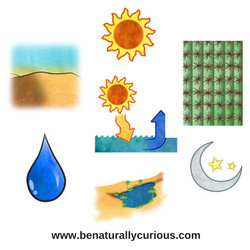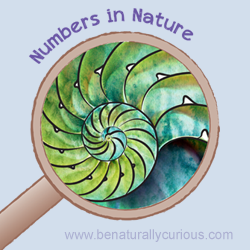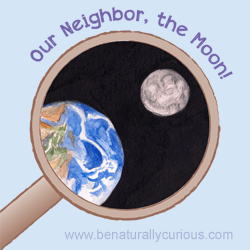Life in the Desert
No water? What is a desert plant or animal to do? All kinds of cool things! In Life in the Desert you and your child can learn about some of the amazing adaptations plants and animals have to survive in a water-limited environment. From cactus spines to meerkat burrows, you will discover the amazing diversity of strategies living things have for making it in a harsh environment.
Mini-course is provided as a 51-page PDF including a separate Science Tool Kit PDF to collect your badges.
Prefer a printed mini-course? Life in the Desert is also available as a beautiful workbook here on Amazon.com.
Course Contents
- Story: Nature’s Alive! In this beautifully illustrated story, join Sandy Saguaro for her show Nature’s Alive!, in which she interviews a whole slew of fascinating desert creatures.
- Activity 1: Desert Survival Game. Construct your own desert board game, including playing board (taped together from the worksheets) and game cards, and play to experience the different challenges faced by desert plants and animals. Who can find water first?
- Activity 2: Make a Desert Animal! Create your own desert animal, complete with feathers, scales, talons and more from the worksheets provided. You decide what strategies your animal uses to survive the harsh desert environment!
- Activity 3: Day and Night Adaptations. Pick a desert animal and re-enact a day in the desert. What will your creature do to find water?
- Activity 4: Evaporate! Use the scientific method, take measurements, and make graphs…all in this simple evaporation experiment. It’s easy to do real science at home with the right kind of guidance.
- Curiosity Connector. Check out these online resources to learn more about deserts and how plants and animals have adapted to survive.
- Tools for Your Tool Kit. See if you can answer all the questions about desert plants and animals to earn Tools for your Science Tool Kit.
- Glossary. Learn important scientific terms used for understanding desert life.
Materials Needed
Tape, a few coins, one die (or numbered spinner), bowl, paper, crayons or markers, glue, pencil, two identical translucent cups, water, ruler, hole punch (or paper clip), scissors, string or yarn, timer
Concepts and Ideas
Life in the Desert includes the following Disciplinary Core Ideas as described in the Next Generation Science Standards:
Biodiversity and Humans (LS4.D), Adaptation (LS4.C), Developing Possible Solutions (ETS1.B), Structure and Function (LS1.A), Information Processing (LS1.D).
Scientific Expert Kira Freed.
Illustrations by Charlie Alolkoy.
